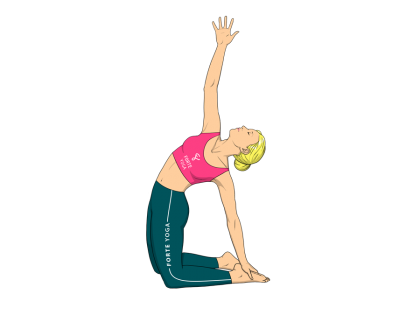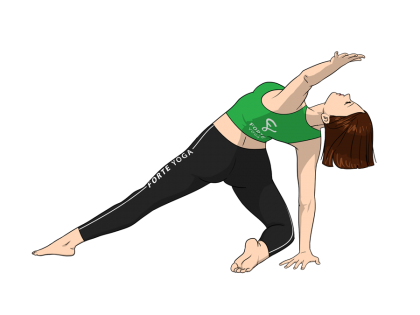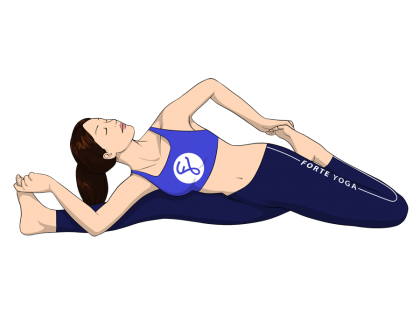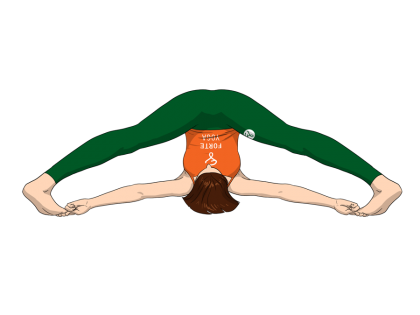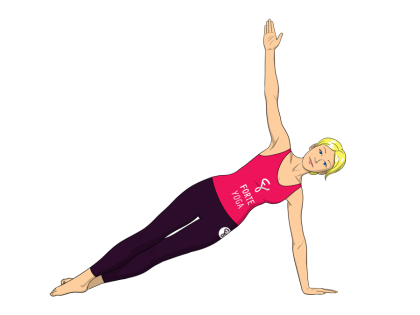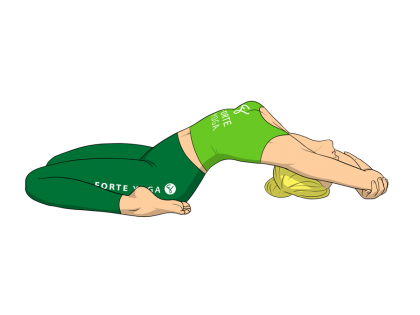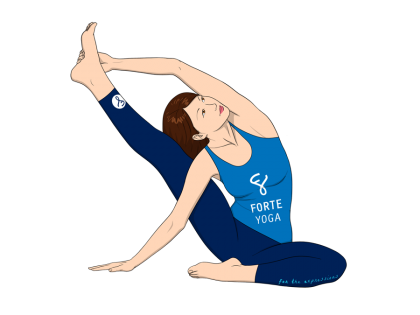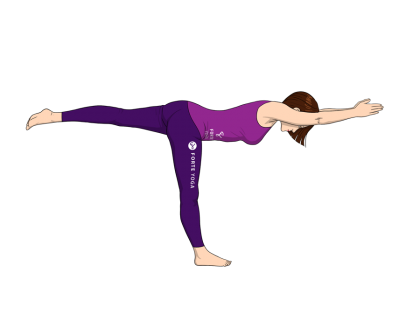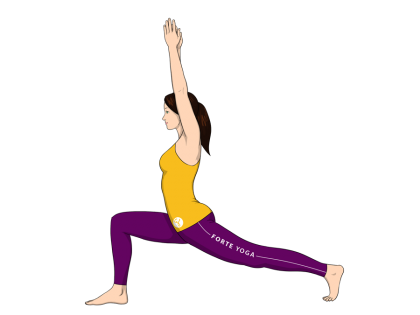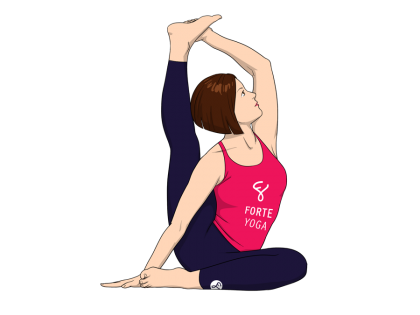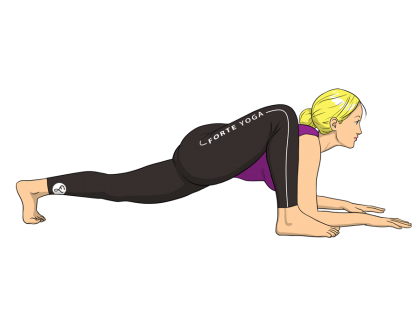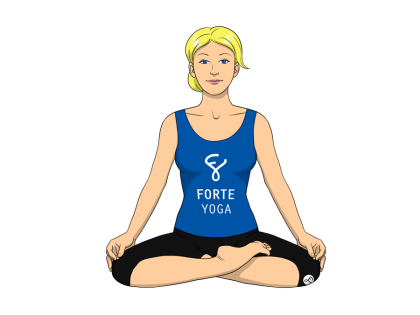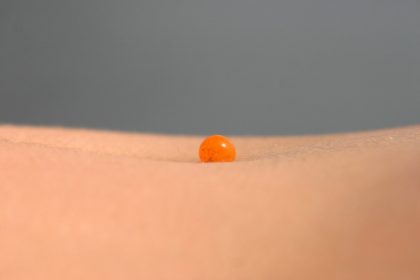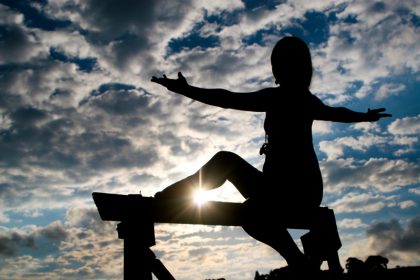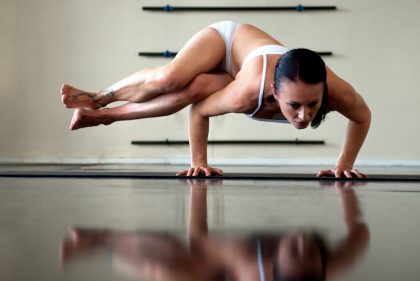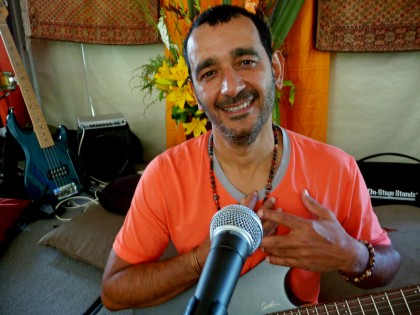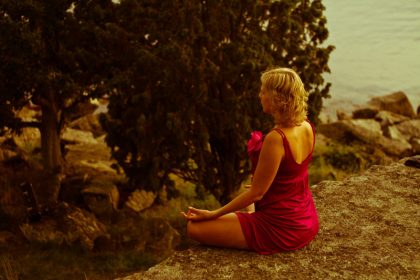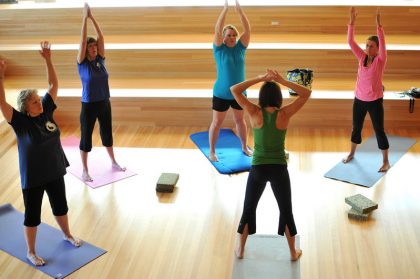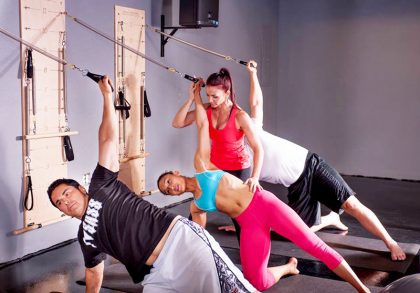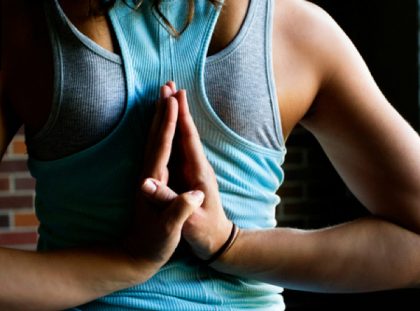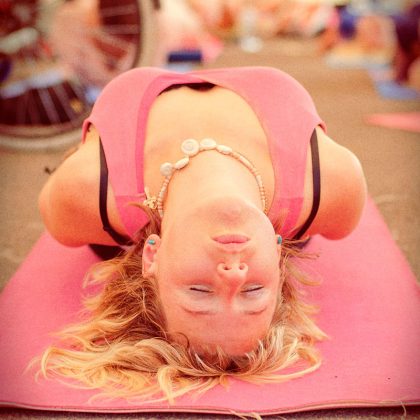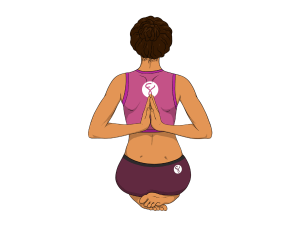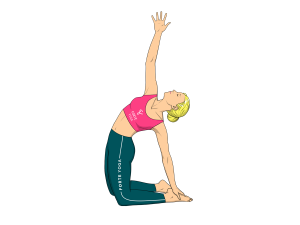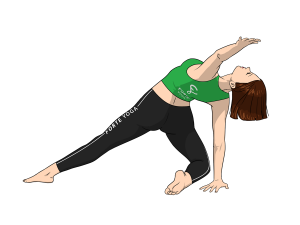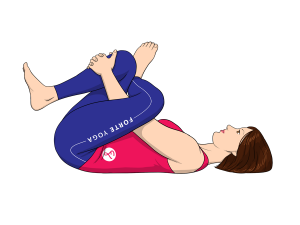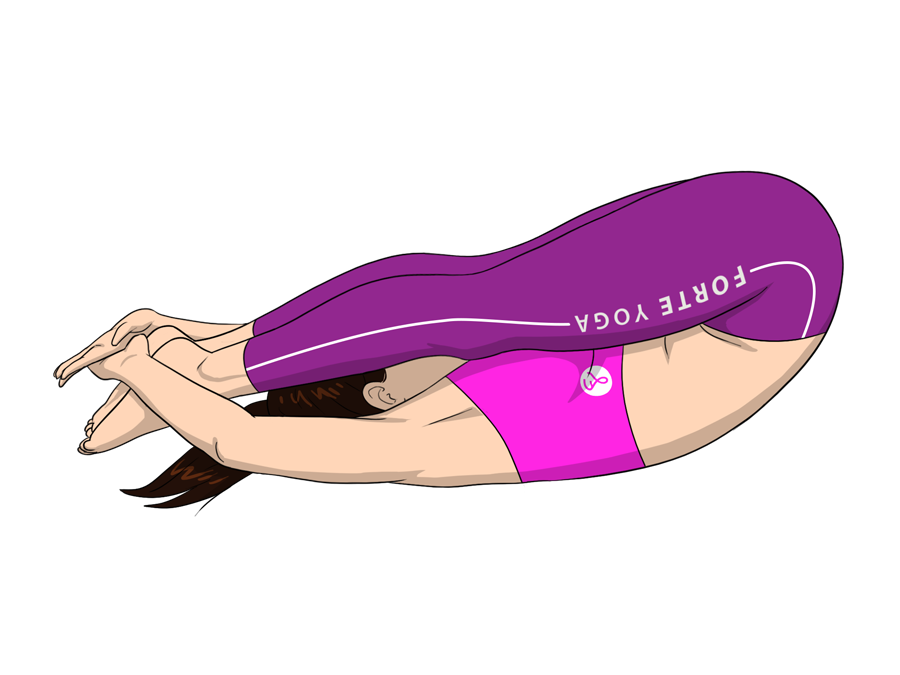
Lying Down Westward Yoga Pose is an inversion, forward bend pose that targets the hamstrings and lower back and is ideal for yogis and yoginis at an intermediate to advanced level.
 muladhara – the root chakra
muladhara – the root chakra anahata – the heart chakra
anahata – the heart chakra ajna – the third eye chakra
ajna – the third eye chakra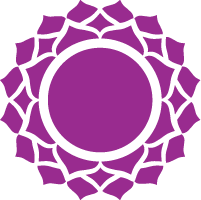 sahasrara – the crown chakra
sahasrara – the crown chakra[yoga-sharrre]
- Begin in the Full-Boat Pose (Navasana). Keeping your body in this position, exhale and slowly roll back on your sitting bones until your back is flat on the floor. Your tailbone should be the first to make contact with the floor, followed by the middle of the back, shoulders and finally the head. Position yourself, gently rocking if necessary, so that your upper shoulders are touching the mat.
- Continue to fold your legs at the hip joints, keeping your knees straight. If your leg muscles are inflexible or tight, place your hands on your calves and gently pull your legs in closer to your body. Do not pull further than your muscles will allow; stop when you begin feeling an uncomfortable amount of tension.
- If you’re feeling comfortable, continue to fold into the full position. Keeping your shoulders, neck and head comfortable to avoid muscle strain, continue to draw your legs closer to so that your legs are flush against the torso. Your quads should be making contact with your abdomen, knees around the pectorals with your shins coming over your face. Hold your legs in this position by bringing your hands over your ankles, grabbing the fingers of one hand with the other hand, elbows bent and pointed out to the sides. Your toes should be touching the ground just opposite the crown of your head, or hovering one or two inches off of the floor.
- Keep your legs active, pushing out through the heels and toes of your feet. Pushing through the heels will deepen the leg and back stretch, and pushing through the toes will stretch your ankles and tibia muscles. Stretching through your feet will also allow your legs to draw down further if your legs were not already pressed against your upper body.
- Hold this position for a few breaths, or 30-60 seconds if possible. To come out, release your arms from your ankles and slowly lift your feet away from the floor, keeping a nice long line running through your legs. Try to use the strength of your legs alone to lift them fully off your torso, creating a sweeping arch with your legs until your heels make contact with the ground. Keep your head and shoulders stationary as you do this, ending with your body in the Corpse Pose (Savasana). Lay in this position for a few deep, controlled breaths.
- Breathe deeply through each step.
- Try to keep your upper shoulders firm on the mat or floor, relieving any tension that might make its way to your neck.
- This asana can put strain on the spine, causing injury if performed improperly. Starting out, it’s best to have a partner or instructor present to assist you through the steps.
- Do not attempt if you have diarrhea.
- Do not attempt this position if you have back pain, back injury, high blood pressure (hypertension), slipped disc or hernia.
- Avoid this position if you are currently menstruating or pregnant.
This position resembles the Plow Pose (Halasana) and works many of the same muscles. If you are uncomfortable performing the Plow Pose, Lying Down Westward may be too advanced for you at this time.
If you find that breathing is difficult when folded into the full position, try opening the legs slightly at the knees to allow yourself more space to breath. Bending the knees slightly will also allow more room for your lungs to function.
It’s important for your energy to move fluidly in this position; remember to keep your neck relaxed, and don’t force yourself into the full position if uncomfortable. Stop at a place that’s comfortable, eventually becoming flexible enough to enter the full position with ease.
All Muscles: Hamstrings, calves, lower back
Target Muscles: Hamstrings, lower back
- May help with diabetes.
- Can ease constipation.
- Helps relieve backache and headache.
- Can help with the alignment and positioning of the spine.

